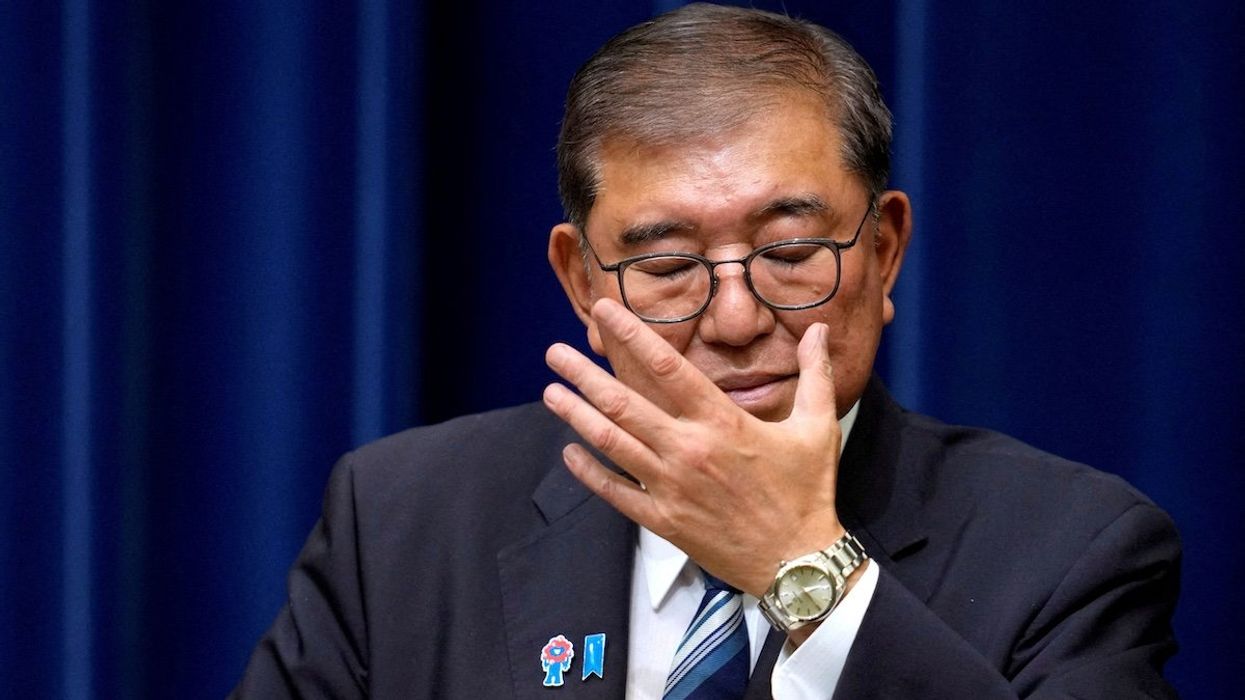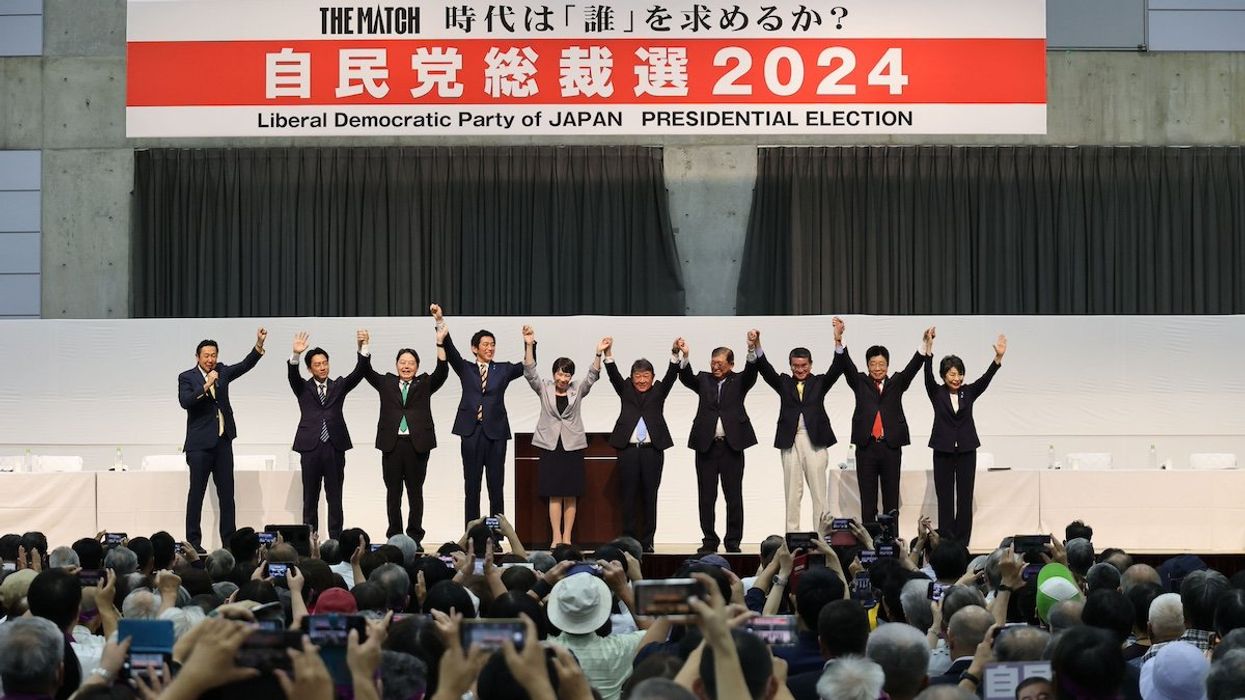Analysis
Japan’s leadership race: gender milestone or generational reset?
The Liberal Democratic Party leadership election on Oct. 4 will likely be a race between the telegenic moderate Shinjiro Koizumi and the arch-conservative Sanae Takichi. The latter is vying to be the first female leader of Japan.
Sep 29, 2025



